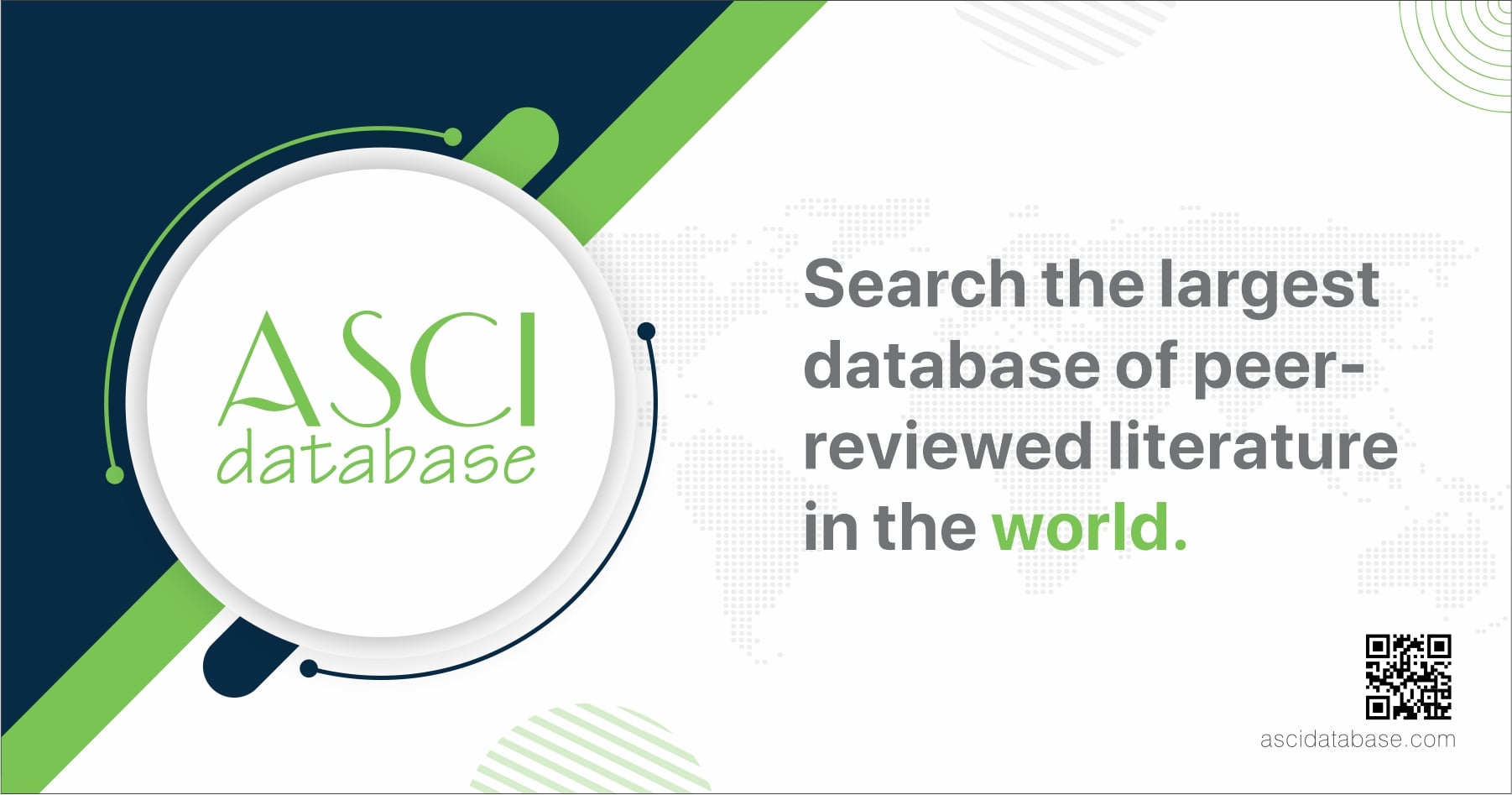Indicators of modernization of education in the Central Asian region of the Russian Empire in the second half of the 19th and early 20th centuries
Views: 116 / PDF downloads: 100
DOI:
https://doi.org/10.32523/2616-7255-2021-136-3-74-89Keywords:
modernization; Central Asian region of the Russian Empire; education system; indicators of modernization.Abstract
The topic of modernization studies is one of the most popular among historians, as it includes various areas of social development in a long chronological span: demography, socio-economic, political, cultural, etc. In this respect, the Central Asian region of the Russian Empire in the second half of the 19th and early 20th centuries is of considerable interest to researchers, since the modernization of peripheral Russia had its own characteristics, characteristics associated with geography, ethnic composition, and traditionalism of society. One of the areas of modernization is education. According to researchers, it can be referred to the spiritual aspect of modernization. Based on information from the sources, as well as on the specifics of development in the peripheral territories of the Russian Empire, indicators of educational development have been identified and described in detail in the article (the number of educational institutions and the involvement of the population in the educational process, the involvement of the indigenous population in education (considered separately due to the specific composition of the population, over 50% of whom were foreigners), the involvement of girls in the educational process (this indicator should also be treated with special attention). The analysis of the set of indicators suggests that the Russian authorities were pursuing a policy of systematic modernization of the territory, and that there was no radical break in the traditional foundations of society. This can be seen from the education policy related to the establishment of schools for non-Russians, educational institutions for joint education of non-Russians and opportunities for non-Russians to receive secondary education, including outside the oblast. The growth in the number of educational institutions, students, and the expansion of the school network at the expense of vocational schools are indicators not only of the development of the education system, but also of various sectors of social and economic life, which have also been affected by modernization.
Downloads

Downloads
Published
How to Cite
Issue
Section
License
Copyright (c) 2021 M.V. Rygalova

This work is licensed under a Creative Commons Attribution-NonCommercial 4.0 International License.







